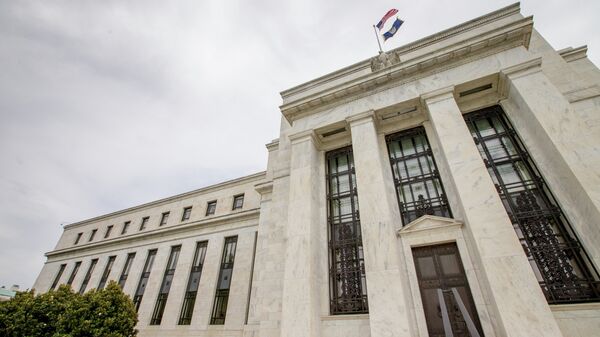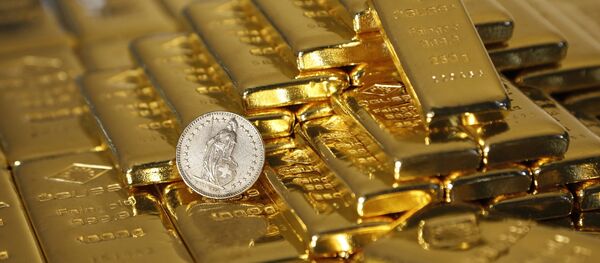Kristian Rouz – As the Federal Open Market Committee (FOMC) decisive policy meeting is underway, US Federal Reserve chair Janet Yellen has already made clear she’d rather have the base interest rate unchanged indefinitely rather than risking a downturn of the accelerating US economic.
However, while the macro numbers are mostly optimistic, the debate is concentrated around the actual reasons for further hike delays, if any.
Over the past two years, the Federal Reserve has used a wide variety of emergency monetary policy tools in an experiment to drive the economy back into growth.
Fed’s doves argue the current ultra-low base interest supports the weakest sectors of the economy, providing an influx of money liquidity supporting their market positioning.
On the other hand, there are several areas of the broader economy, where signs of overheating have emerged, meaning a raise in borrowing costs would stave off imbalances in feverish demand against ultra-affordable prices. Among these are consumer lending and a large part of financial market. Further protraction with a rate hike would be harmful to market sustainability as the Fed’s indecisiveness leaves a lot of space for groundless speculation, spurring demand for safe-haven assets and causing dollar appreciation.
An increase in base interest, if announced Thursday, will be the first since 2006. Yellen, on her part, fears a possible hike will completely eliminate any increase in prices – realistically, the US core inflation is balancing at about 1%, which is below the Fed’s targeted 2%. However, weak inflation is attributed mostly to the appreciation of the dollar, making imported goods cheaper and weighing on global oil prices. The dollar has risen 18% against a basket of its major peers.
Yellen is also aware of the European Central Bank (ECB) negative experience. In 2011, the ECB hiked rates, bringing growth in the Eurozone to near zero as credit appreciated dramatically.
However, the common currency area had already been miring in debt crises here and there among its member states. The US currently is standing at a much stronger platform of robust expansion in the real economy.
The FOMC is currently estimating the possible impact of the international turmoil of slowing growth and equity market selloffs to the US market and broader economy. Perceived financial risks might render the FOMC board members more dovish, although the positive US data is rather convincing.
According to Bloomberg polling, 59 out of 113 market observers are expecting Fed to wait. Reuters data paint a different picture: 80 experts are expecting a hike, while only 45 would expect the dovish sentiment to prevail. On Wall Street, traders see only a 29% probability of a hike as international markets have been badly shaken, with equity selloffs in mainland China and currency wars here and there undermining competitiveness of US overseas business operations.
Currently, the base interest rate stands near zero and is expected to be raised to 0.625% by the year’s end, to 1.625% in 2016 to 2.875% in 2017. All that said, the pace of hiking borrowing US costs is very moderate. The estimated impact of the planned move is so huge only because it has been nine years since the last hike.
The further the Fed delays, the greater the attention to its policy will be, also meaning a greater fear of negative spillovers to the markets and economies in the US and elsewhere.
What the US Fed is intending to do is nearly negligible in its scale compared to historic policy decisions. Therefore, most of the tension and mystique surrounding the planned raise in the US borrowing costs is very exaggerated. The Fed had better resolved the lingering uncertainty by moving rates slightly only to demonstrate to the markets that the devil is hardly as black as depicted.




